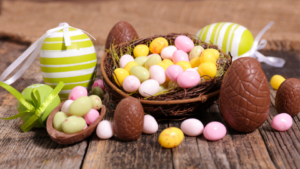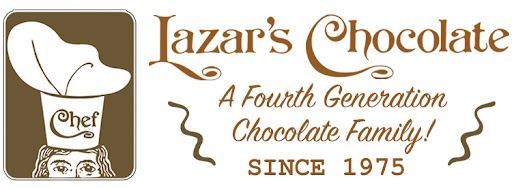 Chocolate on Easter is a long-standing tradition in many cultures, particularly in Western countries. The tradition of giving chocolate eggs, bunnies, and other confectionery treats during Easter has its roots in both Christian and pagan traditions.
Chocolate on Easter is a long-standing tradition in many cultures, particularly in Western countries. The tradition of giving chocolate eggs, bunnies, and other confectionery treats during Easter has its roots in both Christian and pagan traditions.
In Christian tradition, Easter celebrates the resurrection of Jesus Christ, which is why it’s often associated with symbols of new life and rebirth. Eggs, for example, are a symbol of new life, and decorating and giving eggs during Easter is a practice that dates back centuries.
The tradition of chocolate eggs likely originated in Europe during the 19th century, when chocolate makers began creating hollow chocolate eggs as Easter treats. These eggs were often filled with candies or other surprises, mimicking the tradition of real eggs being decorated and filled with treats.
The Easter bunny is another popular symbol associated with Easter, particularly in Western cultures. The origin of the Easter bunny is unclear, but it’s thought to have its roots in pagan fertility festivals that predate Christianity. The tradition of the Easter bunny bringing baskets filled with chocolate and other treats to children is a relatively modern invention, popularized in the United States during the 19th century.
Today, chocolate has become an integral part of Easter celebrations for many people around the world. Chocolate eggs, bunnies, and other treats are commonly exchanged as gifts, and Easter-themed chocolates are widely available in stores leading up to the holiday.


Recent Comments